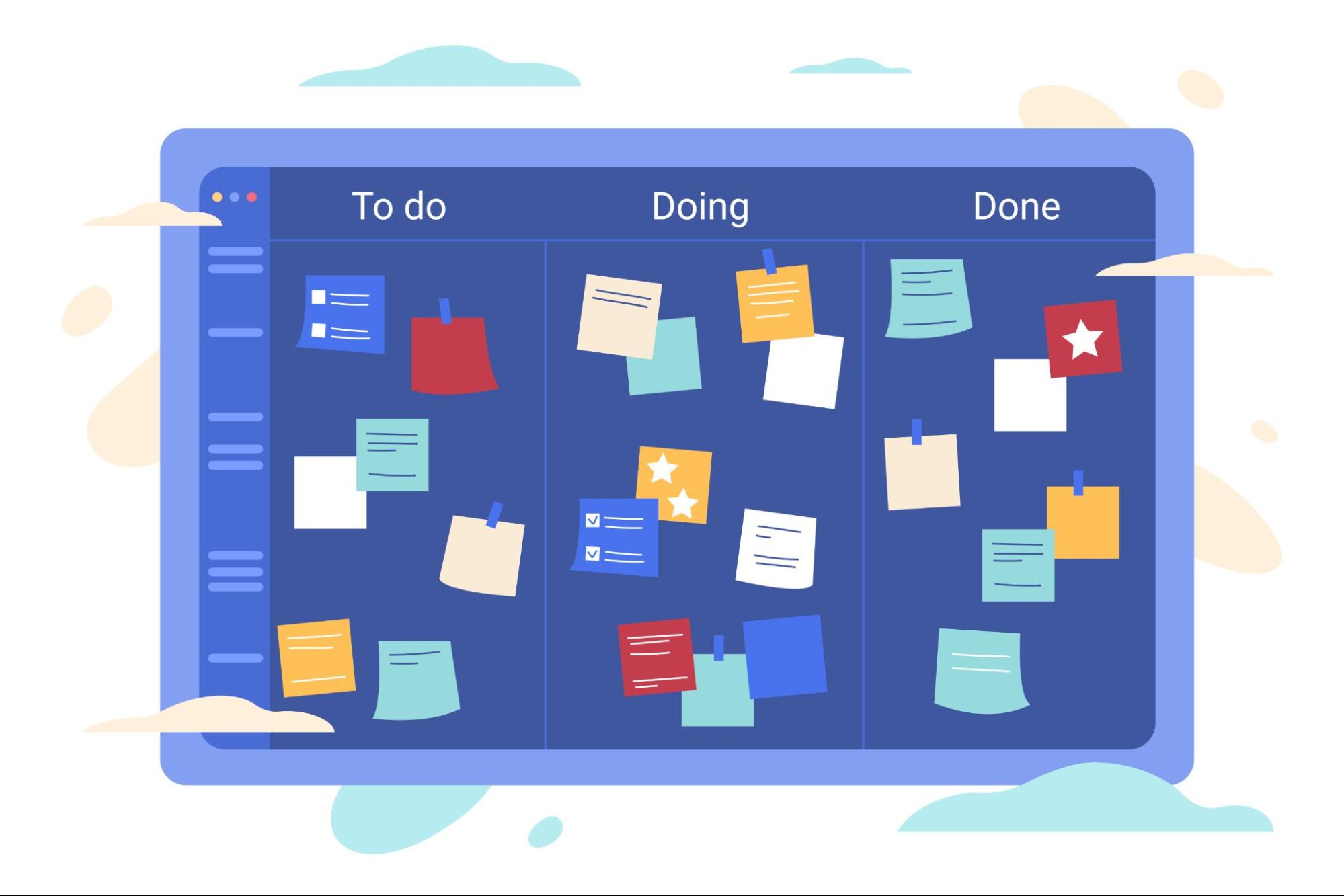

Have you ever faced a situation where urgent tasks keep popping up, and you have to set aside your planned projects? It's like putting out fires, but what happens to the important stuff you had prioritized?
It gets delayed.
Dealing with the unpredictable nature of IT Operations work can make meeting deadlines for prioritized tasks impossible. This leads to a heap of technical debt, adding more pressure on the project management team.
The result?
A not-so-great environment for team morale and, in the long run, becomes unsustainable for keeping talented employees. How can we break free from this cycle in IT Operations?
To balance planned and unexpected tasks, IT operations need a simple way to see and manage everything in one spot. This helps the whole team stay on the same page and ensures work progresses steadily. This is where Kanban comes into play. Let's explore five ways Kanban can help IT Operations teams predict better and meet deadlines for important projects, taking care of project timelines.

Creating a visual representation of your IT operations workflow is a great way to improve your operations without disrupting existing processes. A Kanban board accurately depicts the current workflow, with Kanban cards representing each task in the process. This will lead to a better understanding of the processes and workflows. It will also assist in uncovering any confusion.
The Kanban board can be used to analyze how work moves through the system and track the impact of any changes. It is essential that everyone understands the policies regarding the correct use of the board and that any changes can be easily rolled back if needed.
This makes it easier to improve your IT operations without causing problems. Just make sure everyone knows the rules for using the board.

After you've made a visual plan on the Kanban board, it's crucial to control how many tasks are being worked on simultaneously. You can do this by setting limits on Work-In-Progress (WIP) – these are like rules that say you can only have a certain number of tasks in progress at once. Putting a limit on WIP helps IT operations be more predictable. Every task gets ranked against the other work in your system, making it easier to manage what's currently in our processes or not. This approach lets each team member concentrate on moving each important task through the system quickly without wasting time jumping between multiple tasks. Keeping WIP limited ensures everyone is on the same page about what your team focuses on together instead of working separately.
Find the places where no one is working on a task – we call these wait states. They usually happen because something isn't working smoothly in your IT operations. Kanban boards can help IT operations see these wait states, sometimes called queue states. It's like finding tasks that are just sitting there. This helps your team spot tasks that aren't moving, figure out why, and take the steps needed to ease the pressure.

In Kanban, a blocker is like a roadblock stopping a task from moving forward. It's not the same as a wait state – a blocked task is stuck because it's waiting for something outside, like a team member or a tool, while tasks in wait states aren't being worked on. Sometimes, you can't avoid blockers. But you can point them out on your Kanban board to ensure they don't cause unnecessary delays in your IT operations. This also helps your IT operations team determine where to remove blockers to keep the work flowing. Set time limits for these blockers to show when they become a big problem. This helps your team plan and think about backup plans.

Rules, or policies, help teams understand how work should move through their system. When these rules are clearly stated and followed, everyone on the team knows what to do. In Kanban, you can put these rules right into your workflow. Here are some common ones:
Project management teams can make their processes consistent by creating and sticking to these rules. Having set ways of doing things makes it simple for teams to see how work flows and keeps tasks moving. It also makes it easier to estimate how much work is coming and quickly spot anything unusual.

Meeting deadlines for important work can seem impossible when you can't see and handle all tasks in one spot. Kanban changes that. It gives IT Operations teams a shared, visual, and real-time way to talk about the most important work, its status, and more. IT Ops teams can handle planned and unexpected tasks by looking at and taking charge of their workflow. This lets them concentrate on smoothly moving work through the system in a healthy way that can be kept up over time.